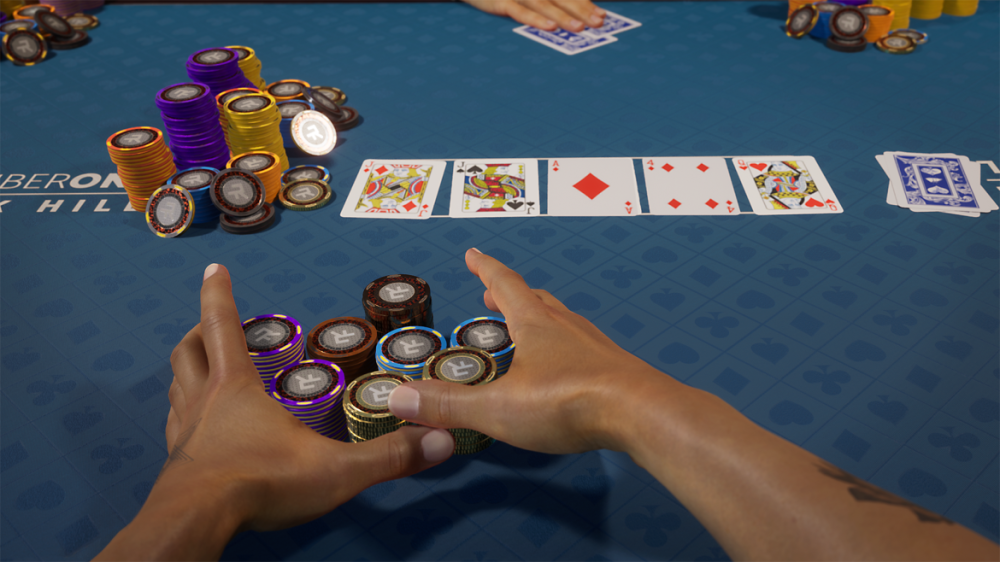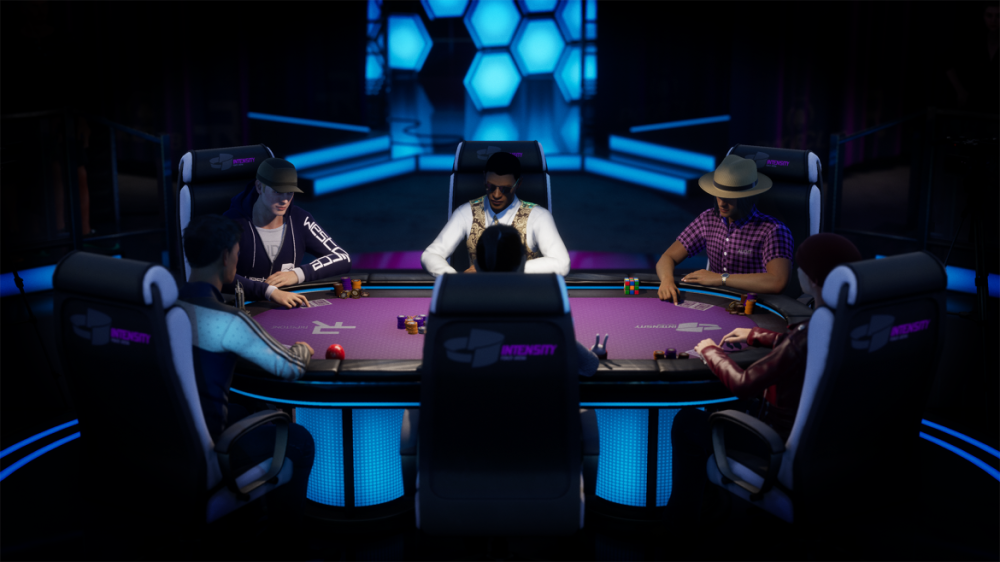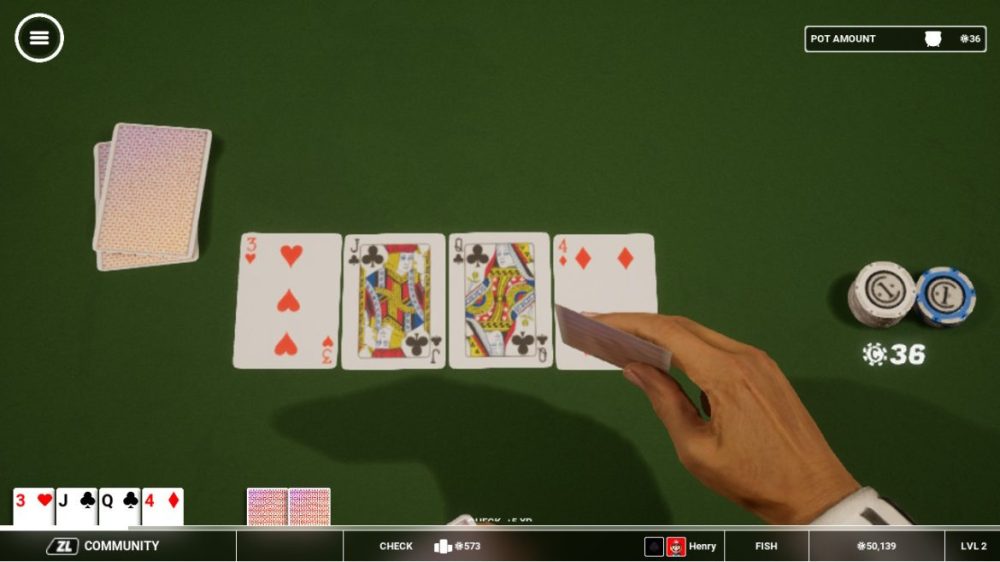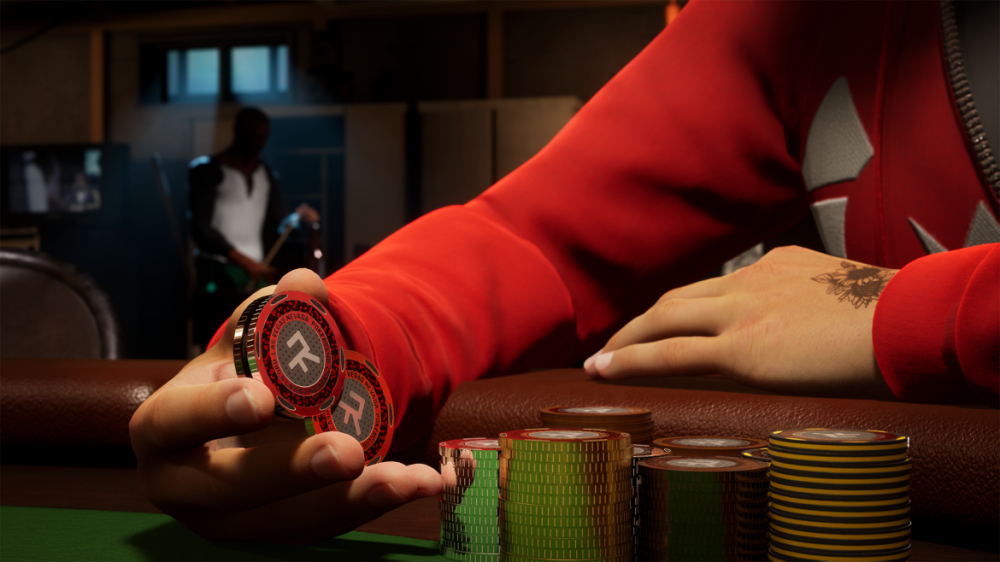TL;DR
Poker Club offers a polished poker simulation with solo and online multiplayer modes, cross-platform play across Switch, PlayStation, PC, and Xbox, and regular content updates. It aims for immersion with a first-person view and detailed sound design. However, the Nintendo Switch version suffers from significantly choppy and blurry graphics, with long loading times that detract from the otherwise well-designed gameplay. Despite the visual shortcomings, it provides good value for money. Want to know if it's worth picking up despite the Switch's visual issues? Read the full review for the details.
While my personal experience with Poker is somewhat limited, amounting to perhaps five real-life games, I have spent considerable time engaging in virtual poker within the saloons of Red Dead Redemption 2. Consequently, the arrival of Poker Club for review piqued my interest.

Poker Club presents a sophisticated poker simulation, enabling solo play against AI opponents or competitive matches with up to six players online. The game features monthly prize opportunities and ongoing content updates and challenges. Players can progress from beginner levels to the highest echelons of poker competition. A notable feature is cross-platform play, allowing users on Switch, Playstation, PC, and Xbox to compete against each other. A simple code-based invitation system facilitates seamless connections between players on different platforms, provided each participant owns a copy of the game.
Poker Club effectively leverages a first-person perspective to create an immersive poker environment. Players are situated at a virtual table with a panoramic view of the surroundings. The detailed and well-implemented sound design contributes to the feeling of participating in a live poker tournament.

A significant drawback of Poker Club is the noticeably choppy and blurred graphics on the Nintendo Switch, the platform used for this review. The visual presentation appears heavily scaled down, compressed, and lacking in clarity. While character animations are reasonably well-executed, the overall resolution is disappointing. Furthermore, loading times are lengthy in both portable (lower performance) and docked (higher performance) modes.

Even on the smaller screen in portable mode, the visuals suffer from blurriness and a lack of contrast. When docked and displayed on a larger TV, these deficiencies become even more pronounced. Poker Club was designed with next-gen consoles and 4K resolution in mind, which likely contributes to the issue. The Nintendo Switch’s performance capabilities are considerably lower than those of the Xbox Series X and Playstation 5. However, the graphical fidelity of Poker Club does not appear so demanding as to warrant such a significant degradation in visual quality.

In conclusion, the substandard graphics on the Nintendo Switch significantly detract from the overall experience. The persistent blurriness made it difficult to fully engage with the game. This is particularly unfortunate, as Poker Club is otherwise a well-designed game offering substantial entertainment value at a reasonable price, allowing it to still achieve a passing grade.
